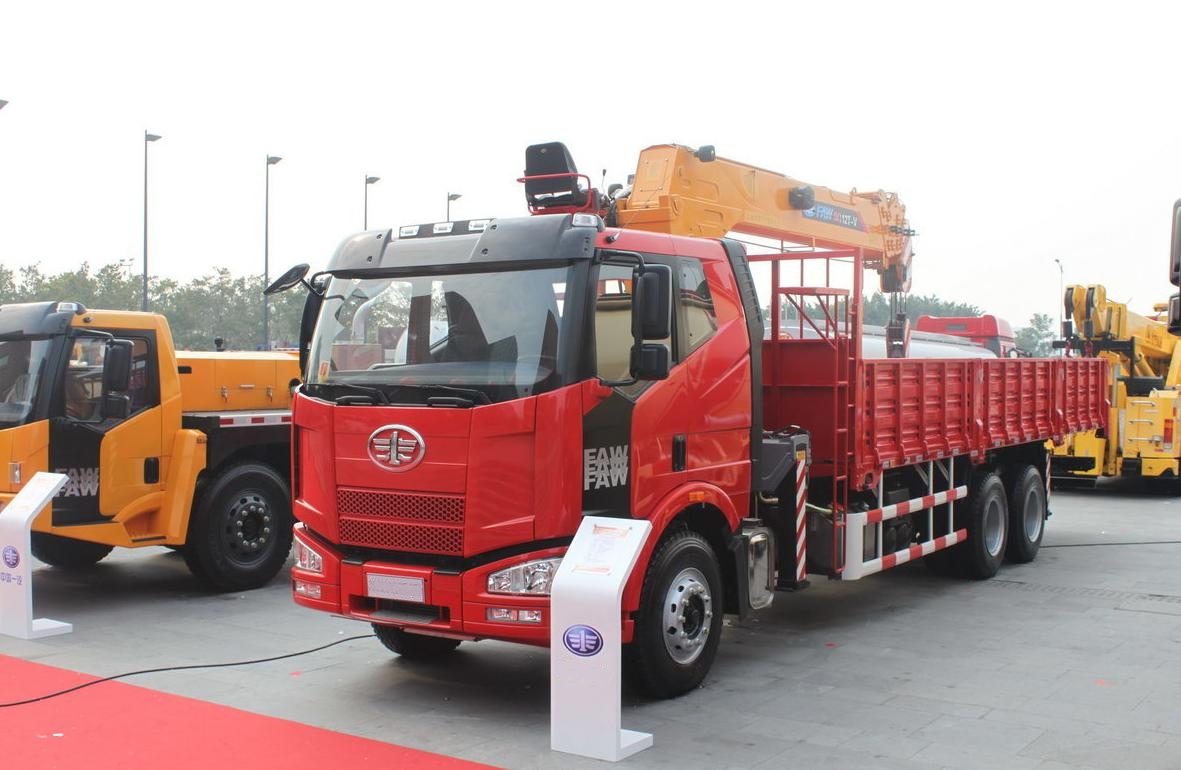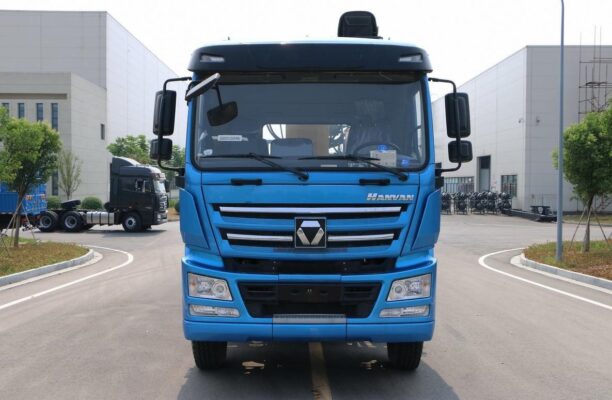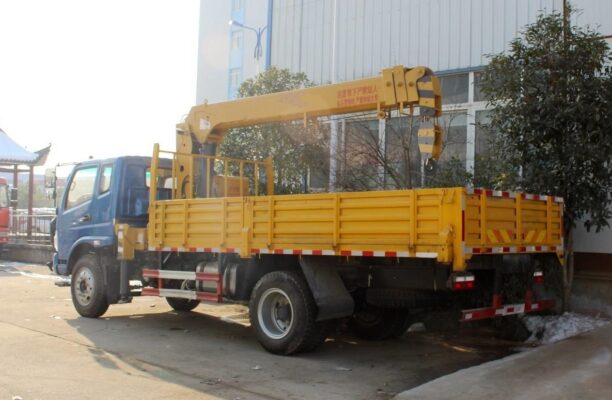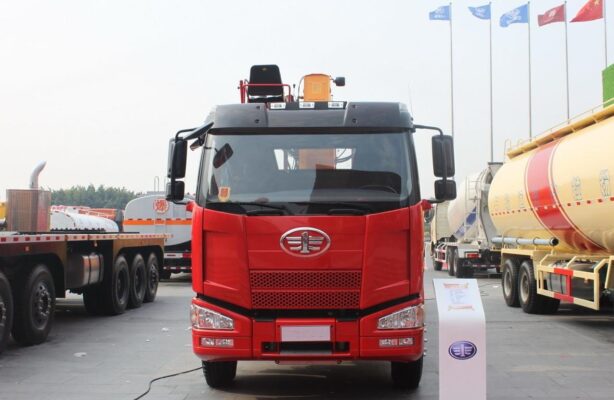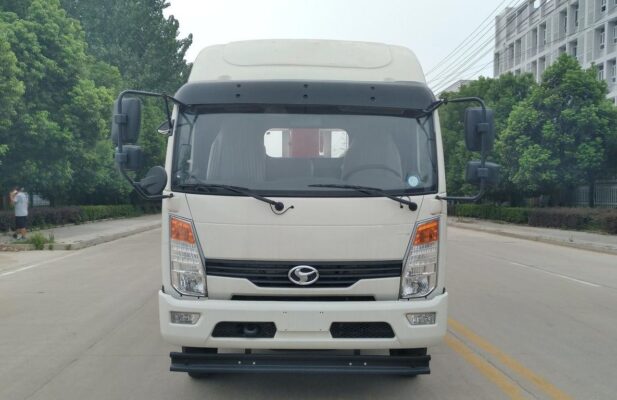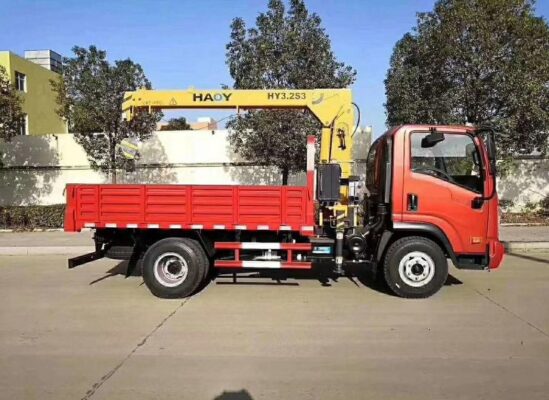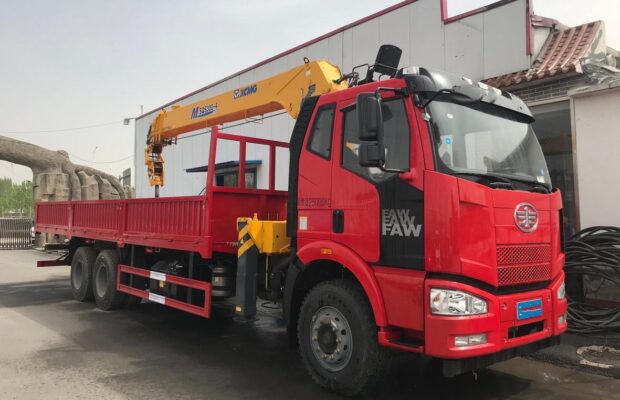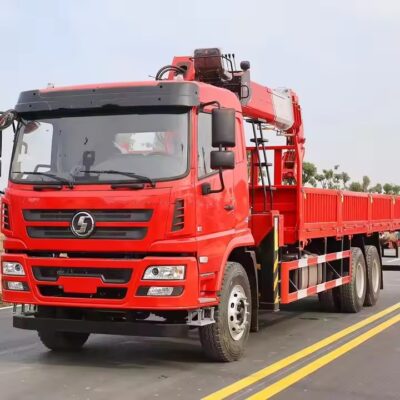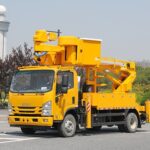In the use of gantry cranes, many safety measures are often neglected or improperly implemented, leading to significant risks during operations. The following are some common safety issues faced during the operation of gantry cranes, along with recommendations for addressing them.
1. Improper Load Support and Safety Hazards
One of the most common safety issues arises from improper installation or maintenance of gantry crane components. In particular, when the suspended platform (või “吊蓝”) is positioned, the spring-controlled support rods should reliably rest on the docking frame. If this support mechanism fails, the load may not be fully transferred to the supporting structure, leading to additional tension on the steel wire ropes. This improper load distribution can cause the platform to swing or sink when workers enter or exit the platform. Such instability poses serious risks, including accidents caused by sudden rope failure or the malfunction of the hoist brake system, which can lead to the platform falling.
Solution:
- Regular inspection and maintenance of support rods to ensure proper engagement with docking structures.
- Installation of additional safety supports or automatic locking mechanisms to prevent platform movement.
- Regular testing of the hoisting system to ensure its reliability, especially during critical operations.
2. Lack of Edge Protection at Loading Points
At the unloading points on various building floors, it is common to find that safety doors are either not installed or are removed after construction reaches the decoration phase. Furthermore, safety barriers and footboards are often not provided according to the edge protection standards. When these protective measures are missing, workers on the building floors are left exposed to potential hazards, such as collisions or falls during crane operations.
Solution:
- Ensure that safety doors are installed and used properly at all unloading points.
- Install edge protection barriers and footboards to prevent workers from falling or being struck by falling objects.
- Make sure that all protective barriers remain in place throughout the construction process, especially during the decoration stage.
3. Inadequate Overhead Protection at Ground-Level Feed Ports
It is essential to provide proper overhead protection for ground-level feed ports, especially those where materials are loaded into the gantry crane. Mõnel juhul, even when protection is provided, it is often insufficient, with the protective shed being too short to meet the required standards. The length of the shed must be adequate to cover the fall radius of any falling objects. Inadequate or poorly designed protection can result in serious injuries to workers below if materials fall from the crane.
Solution:
- Install protective canopies over all feed ports, ensuring they extend a sufficient distance as per regulatory standards.
- Regularly inspect and maintain these protective structures to ensure their effectiveness in preventing accidents.
- Use protective materials that can withstand impacts and prevent injury to workers.
4. Unsafe and Non-Compliant Loading Platforms
Many loading platforms constructed at unloading points are not built to required safety standards. Often, they are not securely connected to the building’s main structure but are instead connected to temporary scaffolding. Furthermore, these platforms are frequently not fully covered with wooden planks, and even when they are, the planks are not securely fixed. Mõnel juhul, steel plates are used instead of wooden planks, which increases the risk of workers falling.
Solution:
- Ensure that all loading platforms are securely connected to the main structure of the building.
- Full coverage of platforms with securely fixed wooden planks is essential to prevent workers from slipping or falling.
- Regular inspections to verify that all platforms comply with safety standards.
5. Insufficient Protection for Hoisting Machines
When hoisting machines are positioned too close to the operational area, the protective roof structures provided are often inadequate. In many instances, these roofs consist of just a single layer of asbestos tiles or thin bamboo board, which do not provide sufficient protection from falling debris or objects. This lack of protective roofing can pose a significant safety risk to operators and nearby personnel.
Solution:
- Install strong protective roofing over hoisting machines, especially those positioned near operational areas.
- The roof should be made from materials that can withstand impacts from falling objects and debris.
- Ensure that these protective roofs are regularly maintained to remain effective during crane operations.
6. Lack of Safety Barriers at Hoist Machine Entry Points
Mõnel juhul, the entry point to the hoist machine, especially on the side facing the gantry crane, lacks protective barriers such as guardrails or safety nets. Without these protective measures, workers are at risk of injury if the steel wire rope snaps or other mechanical failures occur. A lack of safety barriers exposes operators and workers in the vicinity to serious harm.
Solution:
- Install guardrails or safety nets around the hoist machine entry points, particularly where there is a risk of falling objects or equipment failure.
- Ensure that these barriers are maintained and checked regularly to ensure they remain intact and functional.
7. Unprotected Wire Ropes Crossing Walkways
When steel wire ropes pass across pedestrian walkways or roads, they are often not protected from damage caused by vehicles or foot traffic. Lisaks, the area around these ropes is not properly secured to prevent accidental contact, making it unsafe for personnel working in the area. This lack of protection can lead to rope damage, which could result in equipment malfunction or breakage, and in the worst case, could lead to accidents.
Solution:
- Provide protective coverings or barriers over any steel wire ropes that cross roads or pedestrian pathways.
- Ensure that these protection measures are clearly marked to alert workers and prevent accidental contact with the ropes.
- Perform regular checks to detect any wear or damage to ropes and replace them when necessary.
8. Insufficient Overhead Protection for High-Altitude Gantry Cranes
In high-altitude gantry crane operations, the suspended platforms must be equipped with proper overhead protection. In many cases, such protection is either not provided or only partially installed, with materials such as bamboo boards being used instead of the required thick wooden planks. This lack of proper overhead protection exposes workers to the risk of being struck by falling objects during crane operations.
Solution:
- Install thick wooden planks or equivalent protective materials above all suspended platforms.
- Ensure that the height and structure of these protections meet regulatory requirements for safety.
- Inspect these protective measures regularly to ensure they remain intact and can withstand impact from falling debris.
9. Hazardous Passageways Beneath Gantry Cranes
A common issue in the operation of gantry cranes is the formation of open passageways beneath the crane structure, allowing workers to freely pass underneath the suspended load. This creates significant risks, particularly if the platform is lowered or if there are falling objects. Workers passing underneath the crane are exposed to the risk of being struck by the crane’s load or falling materials.
Solution:
- Install barriers or warning systems to prevent workers from entering the danger zone under the gantry crane.
- Ensure that all personnel are aware of the risks associated with walking beneath suspended loads and are trained to avoid these areas.
- Implement strict safety procedures that prohibit workers from entering areas directly below the crane when it is in operation.
10. Insufficient Travel Limiters for High-Altitude Gantry Cranes
Many high-altitude gantry cranes are equipped with travel limiters that do not meet the required specifications. The travel limit (the highest point the platform can reach) is often set to less than 3 meetrit, which is below the regulatory requirements. In the event of a mechanical or electrical failure, this inadequate travel limiter may prevent the crane from stopping in time, resulting in a collision between the crane platform and the overhead beam.
Solution:
- Ensure that travel limiters are correctly calibrated and set to meet regulatory standards for the crane’s height limits.
- Perform regular testing of the limiters to ensure they are functioning correctly and can stop the crane in case of a malfunction.
- Install emergency stop systems that can override the travel limiters in case of system failure.
11. Lack of Overload Protection Systems
Lõpuks, some gantry cranes are not equipped with overload limiters, which are crucial for preventing the crane from lifting loads beyond its rated capacity. Without these protections, the crane may operate in unsafe conditions, leading to equipment failure or accidents. An overload limiter is designed to disconnect the hoist power when the load exceeds the crane’s rated capacity, preventing damage to the crane and reducing the risk of accidents.
Solution:
- Install overload protection systems on all gantry cranes to prevent lifting beyond safe operating limits.
- Regularly test and calibrate these protection systems to ensure they are operational.
- Train crane operators to recognize the signs of overload and respond accordingly by stopping operations and lowering the load.
Kokkuvõtteks, the safe operation of gantry cranes requires strict adherence to safety protocols and regular maintenance to prevent accidents. By addressing the common issues outlined above and implementing appropriate safety measures, construction sites can significantly reduce the risk of accidents and ensure the well-being of all personnel involved. Regular training, adherence to safety standards, and the use of proper protective equipment are essential for maintaining a safe working environment.

